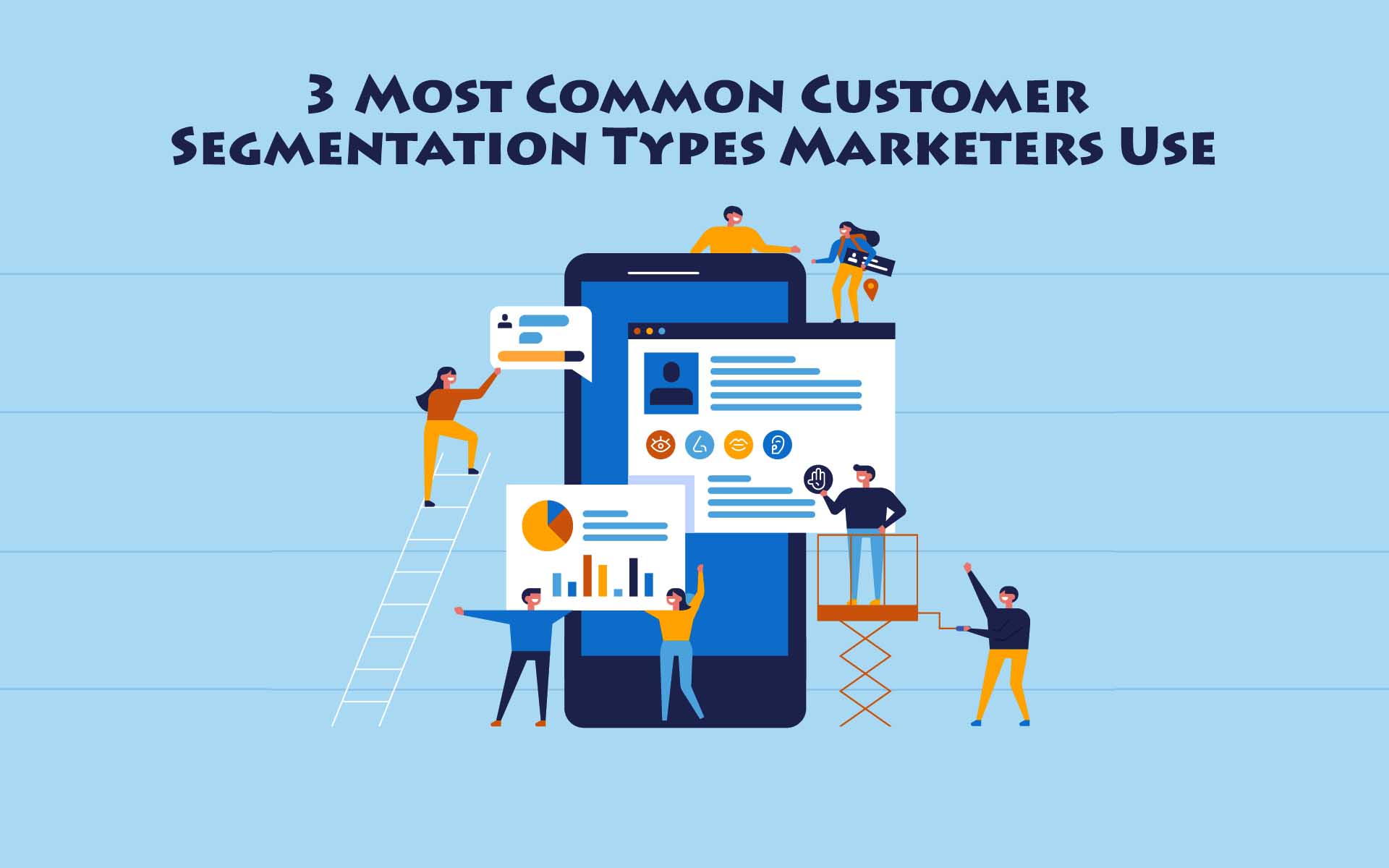Marketing is not a one-size-fits-all approach. Every customer has different needs and wants as well as have different backgrounds and histories. Therefore, they have to have a personalized marketing approach to make sure you target them.
Personalization in marketing is one of the most effective ways you can accurately attract your target audience and keep your current customers. People love to be valued and one way to make them feel that is through the personalization approach and personalization have a significant impact on customers’ purchase decision as well.
To be able to send the right messages at the right time and to the right people, you have to do customer segmentation. Customer segmentation allows you to tailor messaging on your marketing in the most personalized way.
Your customer segmentation should be based on your customer’s interests, needs, preferences, habits, behaviors, and history.
After you’ve gathered enough data about your customers, use it to split your customers and prospects into different segments.
Here are three common types of customer segmentation marketers use to make sure they personalize their marketing approach.
Demographic
Demographic segmentation is the most common among these 4 segmentation types. It uses customers’ demographics such as age, gender, generation, occupation, education, marital status, race, or income ranges to create customer segmentation.
Demographic segmentation is the easiest way to collect and measure data for customer segmentation compared to other types.
Geographic
Geographic segmentation is the segmentation that considers the location or area where customers are. It can be grouped by country, state, zip codes, or region. Remember, when you use geographic segmentation, you also have to consider the culture, climate, or weather depending on your marketing goal.
Behavioral
Behavioral segmentation involves the way customers interact with your business or brand.
Some of the most common variables that will help you in segmenting customers based on their behaviors are occasions such as Christmas, Black Fridays, Halloween, etc. Another thing is how often do they purchase from you and the last one is the idea behind their purchase decisions.
Generally, any interaction that your customers have in your brand or business overall or on your website can be used on your behavioral segmentation.
If you want to step up your marketing, improve customer experience, and retain existing customers, you have to master the art of segmenting your customers when doing your marketing.
Effective customer segmentation will enable you to stay relevant, target, attract and sell more to your customers.

